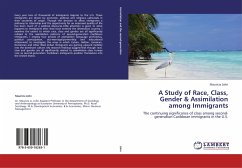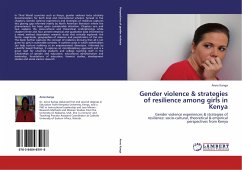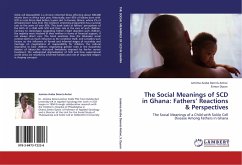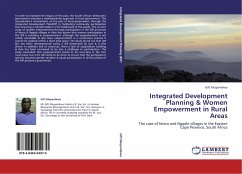
A Study of Race, Class, Gender & Assimilation among Immigrants
The continuing significance of class among second-generation Caribbean immigrants in the U.S.
Versandkostenfrei!
Versandfertig in 6-10 Tagen
52,99 €
inkl. MwSt.

PAYBACK Punkte
26 °P sammeln!
Every year tens of thousands of immigrants migrate to the U.S. These immigrants are driven by economic, political and religious upheavals in their countries of origin. Though the decision to allow immigrants a pathway to citizenship and the opportunity for an improved quality of life has been much of a political discourse--little attention is given to what happens to immigrants after they have entered the destination country. I examine the extent to which race, class and gender are all significantly related to the assimilation patterns of second-generation Caribbean immigrants. I employ four p...
Every year tens of thousands of immigrants migrate to the U.S. These immigrants are driven by economic, political and religious upheavals in their countries of origin. Though the decision to allow immigrants a pathway to citizenship and the opportunity for an improved quality of life has been much of a political discourse--little attention is given to what happens to immigrants after they have entered the destination country. I examine the extent to which race, class and gender are all significantly related to the assimilation patterns of second-generation Caribbean immigrants. I employ four proxies of assimilation (language proficiency, political participation, out-marriage/partnership and educational attainment) to investigate the ways in which Cuban, Haitian, Jamaican, Dominican and other West Indian Immigrants are gaining upward mobility into the dominant culture. My research findings suggest that though race, class and gender are all significantly related to assimilation--class trumps race as second-generation Caribbean immigrants position themselves into the United States.












